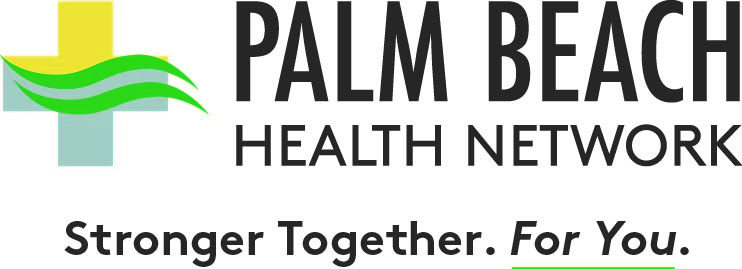What Medical Conditions Does a Neurosurgeon Treat?
Our multi-faceted neurological care team can treat the full range of conditions affecting the brain, spinal cord and nerves, such as:
- Achondroplasia
- Acoustic neuroma
- Astrocytoma tumors
- Brain aneurysm
- Brain cancer
- Brain tumors
- Chiari I and Chiari II malformations
- Degenerative disc disease
- Epilepsy
- Glioblastoma multiforme
- Hydrocephalus
- Meningioma
- Oligodendroglioma
- Pituitary tumors
- Spinal cord dysgraphia
- Spinal deformities
- Spine trauma
- Stroke
- Tethered cord
- Trigeminal neuralgia
Some neurological conditions have effects that cannot be reversed. Instead, treatments only aim to relieve complications and manage health problems caused by these conditions. Our neurological care team will coordinate with your primary care physician
to provide you with treatment options that may best suit your condition.
Our neurosurgeons have the technological capabilities of the Stealth- Station™ S8 Surgical Navigation System, an advanced visualization technology that they can use during neurosurgical procedures. The O-Arm surgical imaging system is now part of
the neurosurgical team, providing real-time, intra-operative 2D/3D imaging of neurosurgical devices used in spine, cranial, and orthopedic procedures and treatments.
Why Would You Be Referred to a Neurosurgeon?
A neurosurgeon referral may be recommended if a patient is not responding to non-invasive treatments or surgery will be the optimal treatment for a patient’s condition. However, being referred to a neurosurgeon does not necessarily mean that a patient must undergo surgery. It means the patient will receive a comprehensive medical and neurological examination from a neurosurgeon to assess the best treatment options, whether surgical, nonsurgical or a combination of both.
What to Expect at a Neurosurgeon Appointment?
During your visit, your neurosurgeon will inquire about your medical history, perform medical imaging examinations and discuss your condition in detail and available treatments. We will also conduct a physical exam, such as a pain assessment, to further evaluate your condition. If surgery is recommended, your neurosurgeon will discuss its risks, the preparation you would need to do and any possible alternative treatments.
Neurosurgery Procedures
Some of the surgical procedures our neurosurgeons perform include:
- Anterior cervical discectomy and fusion (ACDF) - a neck surgery type that involves removing a damaged spinal disc to alleviate pain, numbness and other symptoms due to spinal cord or nerve root pressure. ACDF is a treatment for compressed nerves, herniated discs or other conditions in the neck.
- Anterior lumbar interbody fusion (ALIF) - a type of spinal fusion surgery wherein a surgeon accesses the lumbar spine bones through the abdominal region rather than from the back. The damaged spinal disc will be replaced by a metal, plastic or bone spacer that contains bone graft material. A bone graft is an additional bone needed for bones to heal and fuse together.
- Craniotomy – a procedure wherein the skull is opened to access the brain for surgery. Our neurosurgeons perform a craniotomy to remove:
- Brain tumor – abnormal cell growth in the brain resulting in health complications.
- Subdural hematoma – blood pooling between the brain surface and its covering (dura).
- Kyphoplasty – aims to treat spinal compression fractures.
- Lumbar laminectomy and decompression – procedures that aim to relieve pressure on the spinal nerve roots or spinal cord by removing the lamina partly or entirely. The lamina is a protective arch over the spinal cord.
- Lumbar microdiscectomy – the use of a special microscope to view the spinal nerves and discs, allowing a surgeon to remove herniated discs through a smaller incision.
- Posterior cervical decompression and fusion (PCDF) - decompressing the spinal cord and using tools to stabilize it. A surgeon may place bone grafts along the sides of the spines to help them meld together during healing.
- Posterior lumbar interbody fusion (PLIF) - the weakened or diseased spinal disc will be replaced by a bone graft contained in a cage, a spacer tool made from plastic, metal or bone.
- Sacroiliac fusion – a minimally invasive procedure that involves a small incision and insertion of implants across the sacroiliac joint for stability. An injured sacroiliac joint may cause a person intense pain that radiates down the leg.
- Spinal cord stimulator placement – implanting a device to treat chronic nerve pain in the neck and back by stopping the pain signal from reaching the brain.
- Ventricular-peritoneal shunt insertion – a procedure to relieve pressure in the brain by draining excess cerebrospinal fluid from it.
- Ventriculostomy – a procedure wherein a surgeon places a catheter connecting the brain ventricles to an external device where excess cerebrospinal fluid will be collected.


